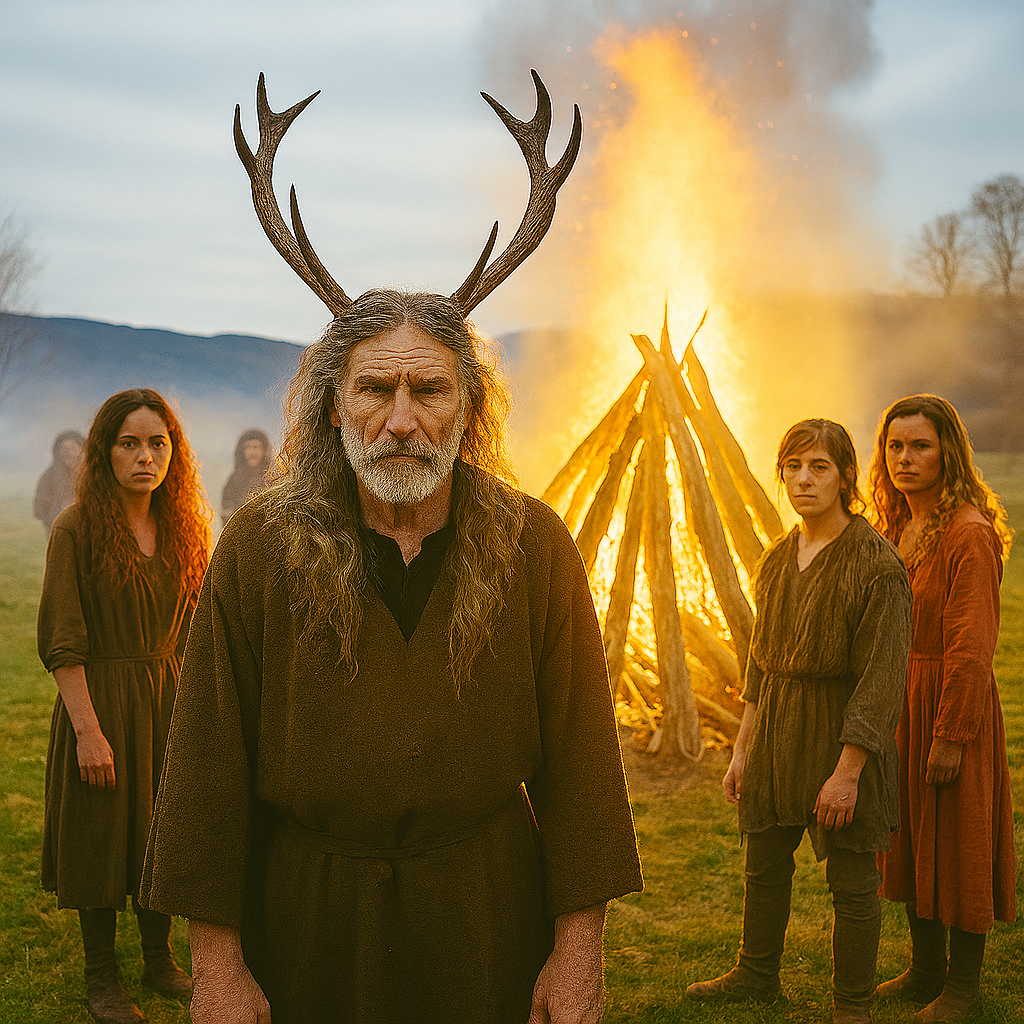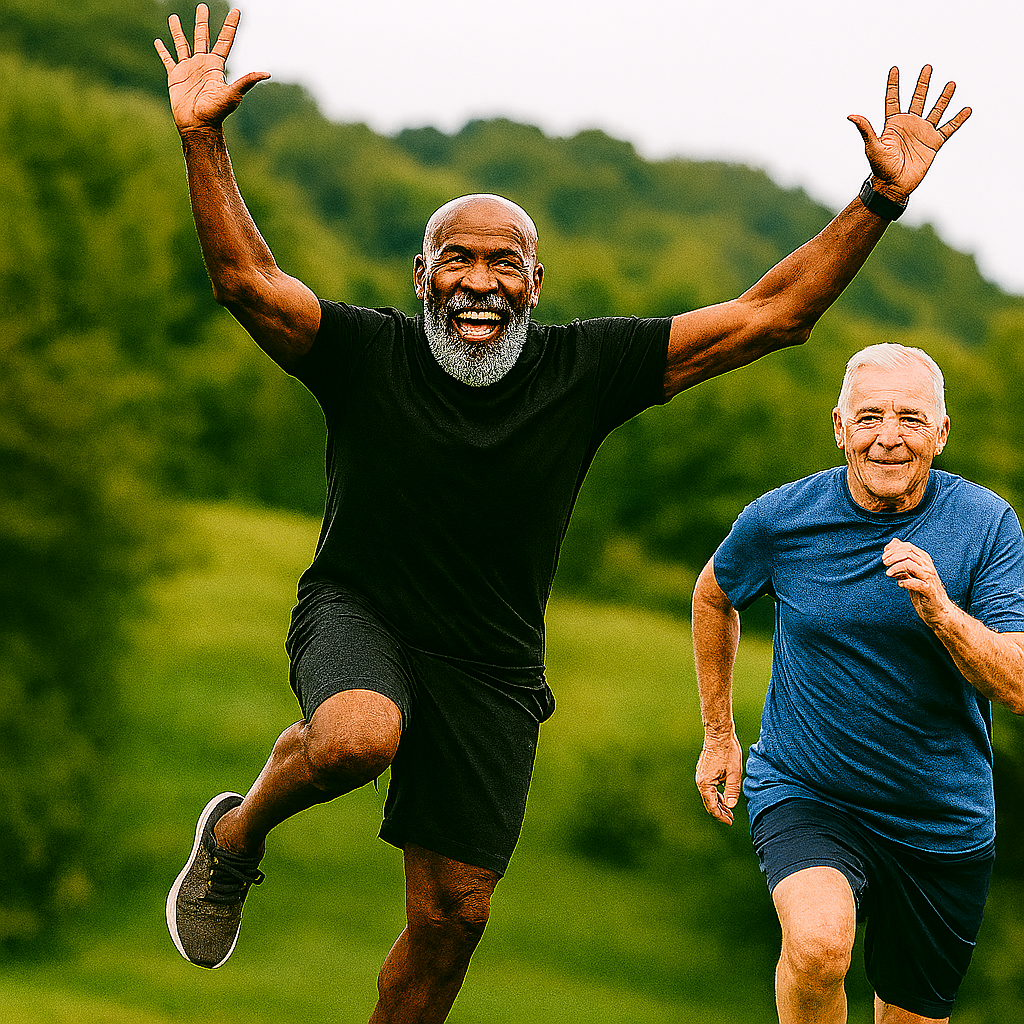It’s Not the Strongest or Smartest Who Survive—It’s Those Who Adapt
By Darrell Griffin, president of PureAudacity.com
In a world spinning faster than ever—technologically, socially, environmentally—one trait rises above all others: adaptability. The quote often misattributed to Charles Darwin, “It is not the strongest of the species that survives, nor the most intelligent, but the one most adaptable to change,” was actually paraphrased by business professor Leon C. Megginson in 1963. And today, it’s more relevant than ever.
This article explores how adaptability—not brute strength or raw intellect—has shaped success across evolution, business, society, and personal growth. Through vivid examples and practical insights, we’ll show how embracing change is not just a survival tactic—it’s a strategy for thriving.
🧬 Evolution’s Real Lesson: Flexibility Over Force
Nature offers countless examples of adaptability as the key to survival. Let’s start with the biological roots of this principle.
🐜 Cockroaches: Masters of Survival
Cockroaches have survived for over 300 million years. They’re not particularly strong or smart, but they’re incredibly adaptable. They can live in extreme environments, eat almost anything, and reproduce rapidly. Their resilience has made them one of the most successful species on Earth.

🐙 Octopuses: Intelligent Shape-Shifters
Octopuses evolved remarkable camouflage and problem-solving skills. They escape predators by changing color and texture, squeeze through tiny spaces, and even use tools. Their adaptability allows them to thrive in diverse marine habitats.

🧍♂️ Humans: Cognitive Adaptation
Humans didn’t survive because we were the strongest. We adapted cognitively—developing tools, language, agriculture, and social structures. Our ability to learn, collaborate, and innovate allowed us to inhabit every continent and reshape our environment.
🌾 Agriculture and Climate Shifts
Around 10,000 years ago, humans transitioned from hunting and gathering to farming. This shift wasn’t driven by strength—it was a response to climate change and population pressures. Societies that adapted to new food sources and settlement patterns flourished.
Takeaway: Evolution rewards flexibility. Species that adapt to changing conditions—not those that dominate—are the ones that endure.
💪 Why Strength and Intelligence Alone Don’t Cut It
Let’s look at how strength and intelligence can fail without adaptability.

📉 Kodak: A Missed Opportunity
Kodak invented the digital camera in 1975 but failed to adapt its business model. It clung to film, fearing digital would cannibalize profits. By the time it pivoted, competitors like Canon and Sony had taken over. Kodak filed for bankruptcy in 2012.
🛑 Blockbuster vs. Netflix
Blockbuster had the chance to buy Netflix in 2000 but dismissed streaming as a fad. Netflix adapted to changing consumer behavior, embraced digital delivery, and revolutionized entertainment. Blockbuster collapsed under its own rigidity.
🧠 Intelligence Without Openness
Brilliant minds may resist change, clinging to outdated models. In academia, some researchers dismiss new paradigms that challenge their life’s work. In politics, leaders who ignore shifting demographics or cultural trends lose relevance.
Takeaway: Strength and intelligence can become liabilities if they lead to rigidity. Adaptability requires humility, curiosity, and a willingness to evolve.
🧠 The Psychology of Adaptability
Adaptability isn’t just a biological trait—it’s a psychological skill. It blends resilience, flexibility, and a growth mindset.
🔄 What Is Psychological Adaptability?
Psychologists define adaptability as the ability to adjust thoughts, emotions, and behaviors in response to new, uncertain, or changing circumstances. It’s closely linked to emotional intelligence and cognitive flexibility.
💡 Malala Yousafzai: From Survivor to Global Advocate
After surviving an assassination attempt by the Taliban, Malala didn’t retreat. She adapted to global advocacy, learned new languages, navigated international platforms, and continued her fight for girls’ education. Her adaptability turned trauma into transformation.
🚀 Elon Musk: Serial Adapter
Elon Musk pivoted across industries—from software (PayPal) to electric vehicles (Tesla), space (SpaceX), and neurotech (Neuralink). His success stems from embracing uncertainty and rethinking norms. He adapts faster than most industries can regulate.
🧘♀️ Cultivating Adaptability
You can build adaptability through:
• Mindfulness: Becoming aware of your reactions and choosing intentional responses.
• Journaling: Reflecting on change and growth.
• Cognitive Behavioral Techniques: Reframing negative thoughts and embracing new perspectives.
Takeaway: Adaptability is a learnable skill. It starts with self-awareness and grows through practice.
🏢 Adaptability in Organizations: The Agile Advantage
In business, adaptability is often synonymous with agility. Agile organizations respond quickly to market shifts, customer feedback, and technological disruption.
📺 Netflix: Reinventing Entertainment
Netflix started as a DVD rental service. It adapted to streaming, then to content creation. By investing in data analytics and user experience, it stayed ahead of consumer trends and reshaped global media.
🧱 LEGO: From Crisis to Creativity
In the early 2000s, LEGO faced bankruptcy. It shifted from rigid product lines to open innovation. By inviting fans to co-create, embracing digital play, and streamlining operations, LEGO rebuilt its brand and became a global icon.
🛍️ Amazon: Relentless Expansion
Amazon began as an online bookstore. It adapted into a global e-commerce and cloud computing powerhouse. Its success lies in constant experimentation, customer obsession, and willingness to disrupt itself.
🧬 Organizational Agility
Agile organizations:
• Decentralize decision-making
• Encourage experimentation
• Prioritize learning over perfection
Rigid hierarchies and slow-moving bureaucracies struggle. Adaptive organizations flourish.
Takeaway: In business, adaptability isn’t optional—it’s existential.
🌍 Societal Adaptability: Navigating Global Change
Societies that adapt proactively to change are better positioned to thrive.
🦠 COVID-19: A Global Stress Test
The pandemic revealed adaptability’s power:
• Taiwan and New Zealand responded swiftly with clear communication and flexible public health strategies.
• Remote work became mainstream. Companies like Zoom scaled rapidly, while individuals learned new tools and restructured their lives.
• Mutual aid networks emerged, showing grassroots adaptability.
🌱 Climate Adaptation
Cities like Amsterdam and Copenhagen are adapting to rising sea levels with innovative infrastructure. Communities are investing in renewable energy, sustainable agriculture, and climate resilience.
🧑🎓 Education and Technology
Schools adapted to online learning. Platforms like Khan Academy and Coursera expanded access. Teachers and students learned new tools, reshaping education.
Takeaway: Societal adaptability determines collective resilience. It’s the difference between collapse and transformation.
🧓 Aging and Adaptability: A New Narrative
Older adults are rewriting the rules of aging through adaptability.
🎨 Encore Careers and Creative Reinvention
Retirees are launching businesses, mentoring, and pursuing creative passions. They’re not winding down—they’re evolving.
• Julia “Hurricane” Hawkins started running at age 100 and set world records.
• Grandma Moses began painting in her 70s and became a celebrated folk artist.
🌀 Griffin and PureAudacity.com
Griffin, through PureAudacity.com, reframes aging with humor, movement, and storytelling. By embracing change, older adults become cultural pioneers, challenging stereotypes and modeling vitality.
🧘♂️ Movement and Mindset
Adaptability in aging includes:
• Learning new technologies
• Exploring new hobbies
• Reimagining roles and identities
Takeaway: Aging isn’t decline—it’s evolution. Adaptability unlocks joy, purpose, and legacy.
🔧 How to Cultivate Adaptability in Everyday Life
Adaptability isn’t a passive trait—it’s a skill you can build. Here’s how:
1. Practice Curiosity
Ask questions. Explore new ideas. Challenge assumptions. Curiosity fuels adaptability.
2. Stay Flexible
Avoid rigid routines or beliefs. Be willing to pivot. Flexibility opens new paths.
3. Embrace Failure
Treat mistakes as feedback, not defeat. Failure is a teacher, not a verdict.
4. Build Resilience
Develop coping strategies for stress and uncertainty. Resilience supports adaptation.
5. Learn Continuously
Read, take courses, and engage with diverse perspectives. Lifelong learning keeps you agile.
6. Connect with Others
Collaboration fosters adaptability through shared insights and support. Community is a catalyst.
7. Reframe Challenges
See obstacles as opportunities. Reframing shifts mindset and unlocks creativity.
8. Celebrate Change
Mark transitions with rituals, reflection, and celebration. Change deserves acknowledgment.
Takeaway: Adaptability is a daily practice. It’s built through intention, reflection, and connection.
🔮 The Future Belongs to the Adaptable
As AI, climate shifts, and cultural upheavals reshape our world, adaptability will define success. It’s not about being the strongest or the smartest—it’s about being responsive, resilient, and ready.
🌐 Technology and Adaptation
AI, automation, and digital transformation





